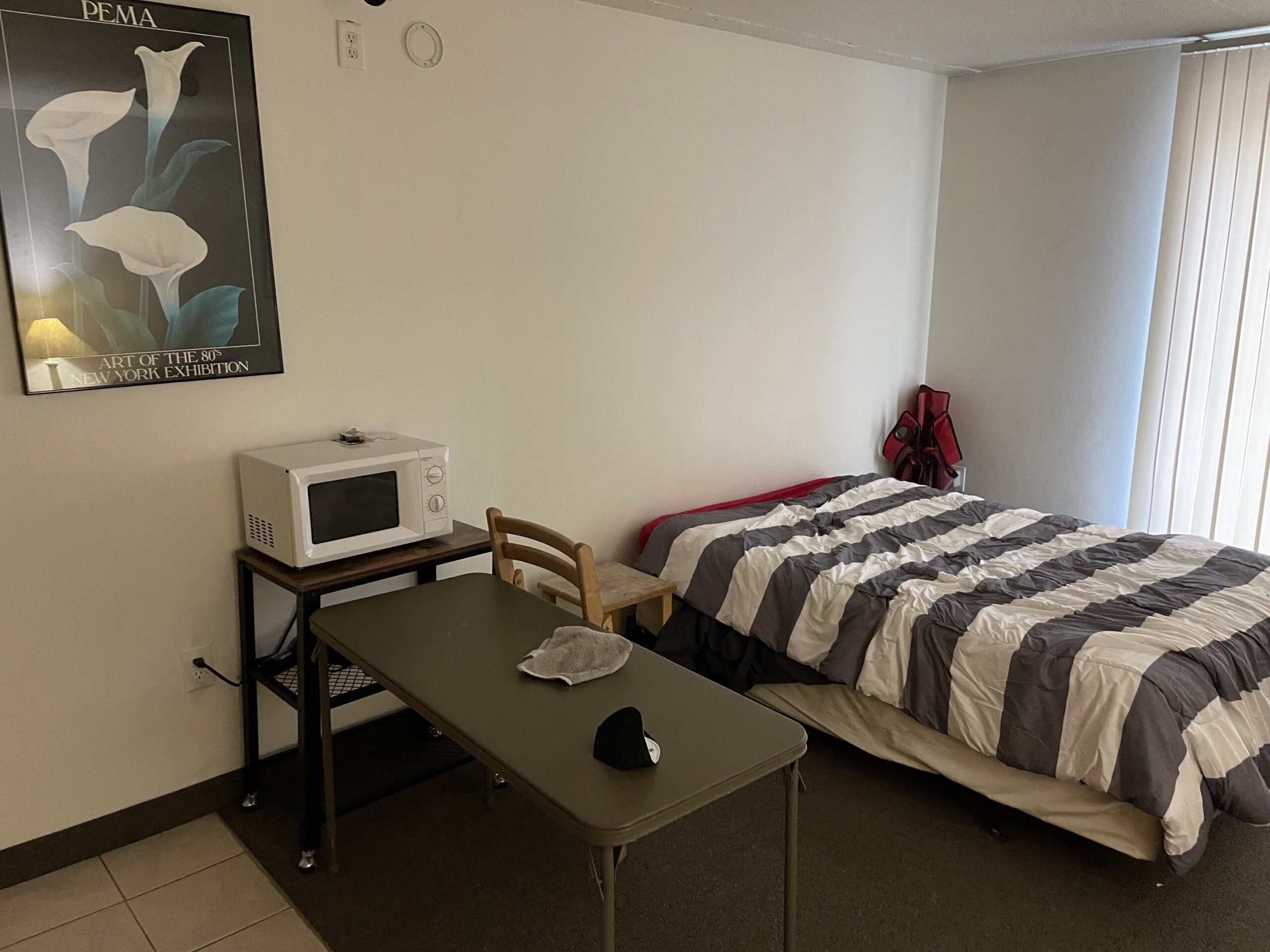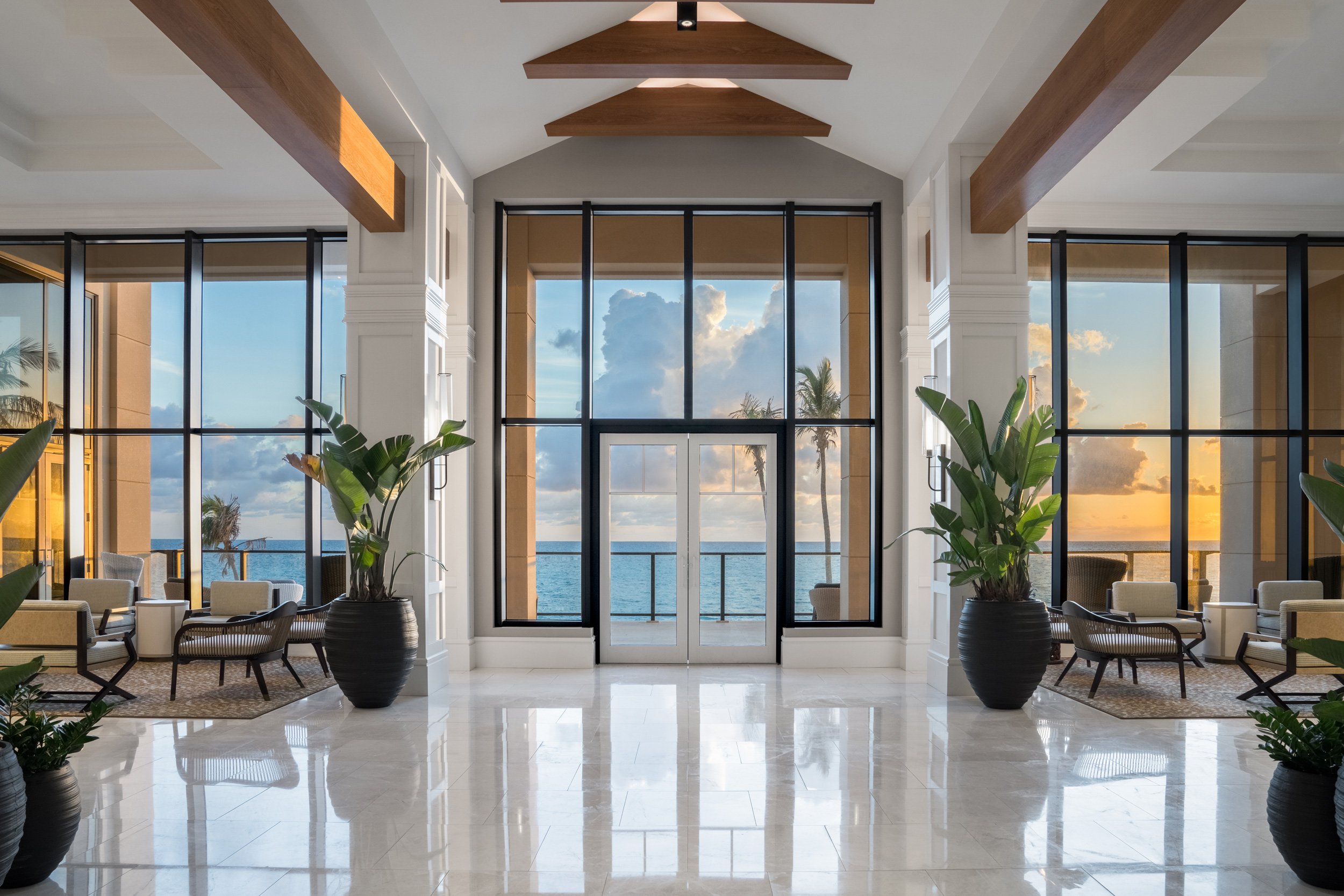WITHOUT CARE (3)
By:
November 12, 2025
Third in a four-part series, by HILOBROW friend Colin Dickey, on “The Devoid,” a 21st century Gothic.

VII.
It’s important to stress that the Devoid is not a scene of explicit violence. While these places feel strange and unsettling to me, it is a quite different feeling than what one would normally associate with horror, or the kinds of tropes associated with horror films. If one were to splash blood all over such a scene, it would lose its affect. The 21st century gothic that I’m trying to trace here, the Devoid, consists not in what has happened, but what might happen — or, even worse, what might never happen.
Splashed blood in remote cabins, techno-dystopian body horror, hordes of zombies, torture porn, and so forth — some of these approaches are interesting and fascinating in their own right, and many of them work to compel a sense of unease and fear. It is not that these modes are devoid of the power of horror. But most of these approaches signal, by virtue of their trappings, that they belong to a genre, and as such they are constrained, demarcated, and thus safe. One enters into these worlds knowing full well what one is getting. They do not provoke shock or surprise, since one knows up front where one is going. Like getting in line for a rollercoaster.
What I’m calling the Devoid is a place that, for me, offers no such safety, no guard rails. In the presence of such an environment I do not feel safe. It is not that I feel my life is actively threatened; far from it. But in certain places I’m met with such a fundamental feeling of unease, a dread that borders on the existential.
VIII.
In the original formulation of the gothic, writers and critics made a distinction between “terror” and “horror” — the former, the province of writers like Ann Radcliffe, focused on that inchoate sense of dread and foreboding, that sense that something was about to happen, though who could say what. Horror, by contrast, dealt far more explicitly with violence, gore, the supernatural and the monstrous, as in the case of Mary Shelley’s Frankenstein. In horror, one could say, you’re afraid of what’s out there; in the case of terror, the drama is primarily interior.
For these purposes, then, the Devoid hews much closer to terror than to horror. There is a sense of dread and foreboding in these places. But here it is different than the kind of terror that Radcliffe and other gothic writers rely on. For terror, in the gothic sense, implies a relationship between one’s interior mind and the landscape. The Devoid, on the other hand, seems to altogether refuse any kind of engagement with one’s interiority — it does not trigger terror so much as it triggers an absence, and it is this absence which, for me, seems most deeply destabilizing.
IX.

Is it possible to render the Devoid through art? On the surface, this feels contradictory — the very point of the Devoid is that it lacks any kind of intentionality, it lacks any kind of agency. Furthermore, to focus on it in a concerted form, to give it a story, a context, to put characters into it, immediately takes it out of this landscape of emptiness. Now it is a space that is being evaluated, worked in, and it loses that fundamentally empty resonance which to me is what constitutes its unsettling aura.
The closest I’ve come to feeling this sense in response to a given work of art is Gregor Schneider’s Haus u r. Inside of an otherwise normal house in suburban Germany, Schneider built a house-within-a-house, with rooms, hallways, and passageways, none of which admit the outside. Eventually, Schneider rebuilt the house, renamed Totes Haus u r, for the Venice Bienniale in 2001, and from there it traveled to the Museum of Contemporary Art in downtown Los Angeles, which is where I experienced it over twenty years ago.
Despite the obvious work and thought that had gone into the project, many of Schneider’s rooms felt emptied out of any kind of human touch: nothing felt right, or lived in, or even the kind of thing one could live in. The space both bore all the hallmarks of what a house or dwelling might consist of — here was a bed, and an end table, and a lamp — and yet everything felt off, as though it had not been created by a human so much as some other force that misunderstood humanity in some basic sense, or as though someone who had never been inside a home had been given vague instructions on how to build one.
But because the general sense I’m outlining here is a place that is explicitly devoid of intentionality, it remains difficult to imagine how this appears in art or film. Particularly in film, since once the camera eye alights on something — no matter how insignificant or quotidian — it has a tendency to imbue that thing with meaning, elevating out of the morass of the normal world and into a realm of intentionality. But there may be yet ways to translate this feeling into various art forms and mediums; part of my hope in outlining this admittedly idiosyncratic reaction I’ve had to such spaces is that the exercise might resonate in others who might yet be able to translate it in new and perhaps equally idiosyncratic ways into their own work.
WITHOUT CARE: I–III | IV–VI | VII–IX | X–XII.
MORE COLIN DICKEY at HILOBROW: IN THE MYSTERY CAVE (on Betty Boop’s Snow-White, Twin Peaks, and the erotic life of things) | KAIROS (Hermenautic Tarot series) | ANIMAL MAGNETISM (cross-posted series) | WIDESPREAD PANIC (Grok My Enthusiasm series) | ACÉPHALE (#Squadgoals series).
